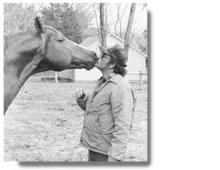Labor, Management, Art
Labor, Management, Art
With the Parrish Art Museum's exhibit "In the Eye of the Storm: An Art of Social Conscience" as a reference point, the union organizer Victor Gotbaum and the historian Morris Dickstein will discuss labor struggles in 20th-century America at the museum on Sunday.
Mr. Gotbaum, who is a consultant in labor-management relations, was instrumental in the establishment of the Center for Labor-Management Policy Studies at the graduate school of the City University of New York. Before becoming the center's director, he spent 20 years as executive director of the largest urban union in the United States.
Mr. Dickstein is director of the Center for the Humanities at CUNY's graduate school. He has taught at Columbia University and Queens College and written a number of books, which include "Gates of Eden: American Culture in the 1960s" and "Double Agent: The Critic and Society."
Mr. Gotbaum and Mr. Dickstein will speak at 3 p.m. Their talk is expected to cast light upon the works in the show, which date from 1930 to 1970, by relating them to actual events.
Also at the Parrish, the artist Janet Culbertson, whose work embodies an awareness of social and political issues, will speak tomorrow from 12:30 to 1:30 p.m. Ms. Culbertson's paintings were included in the Parrish's juried show earlier this fall.



